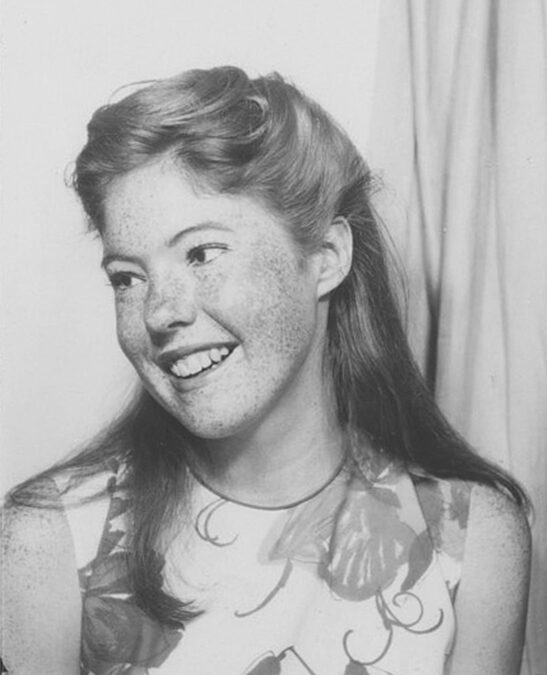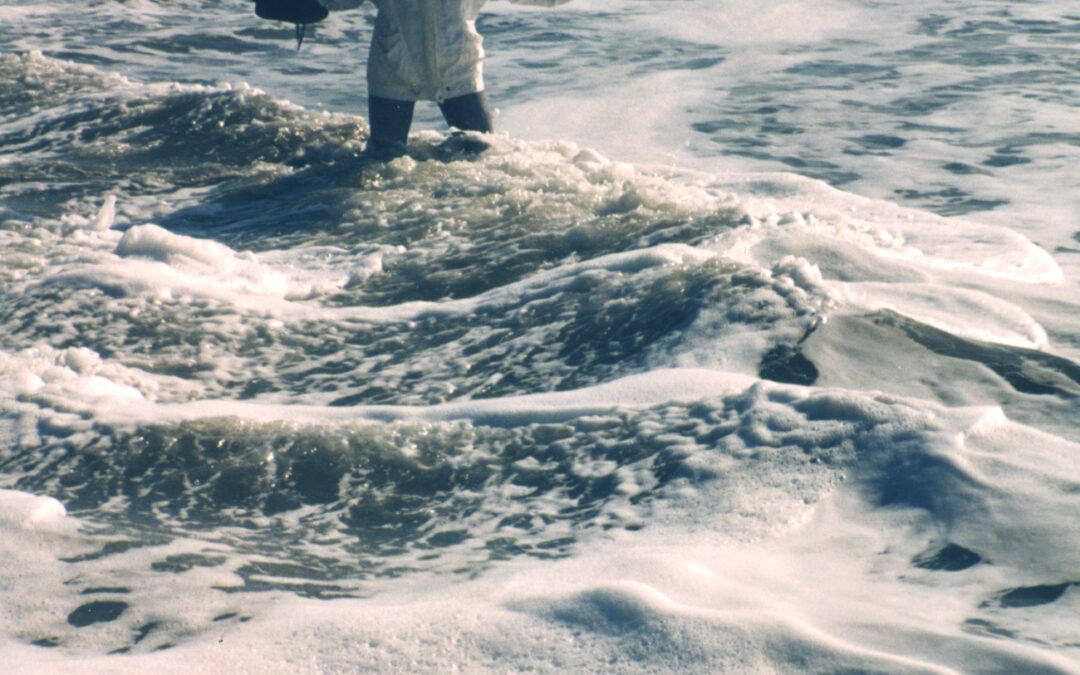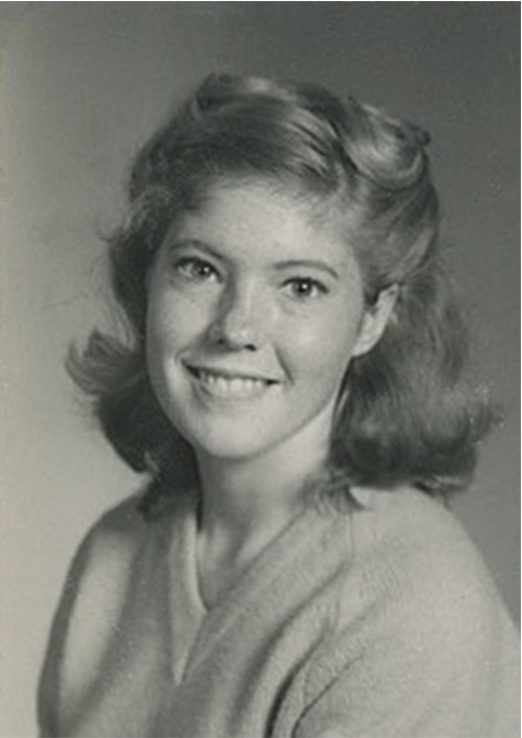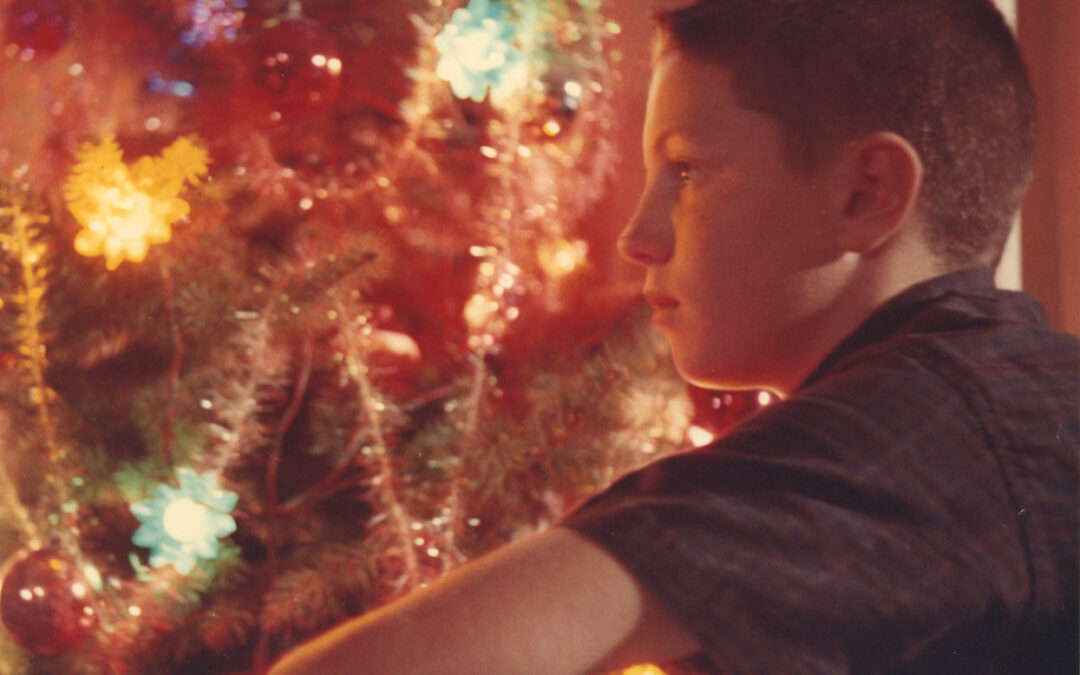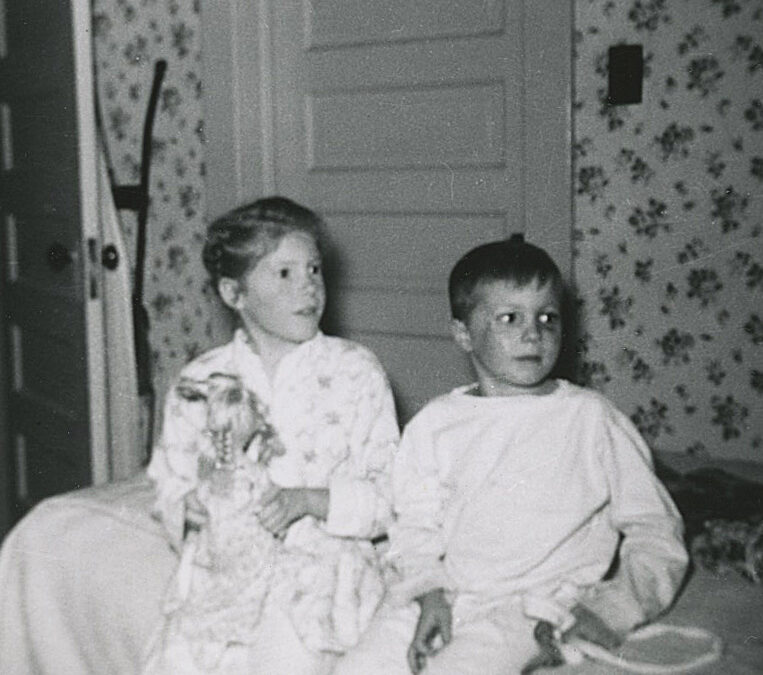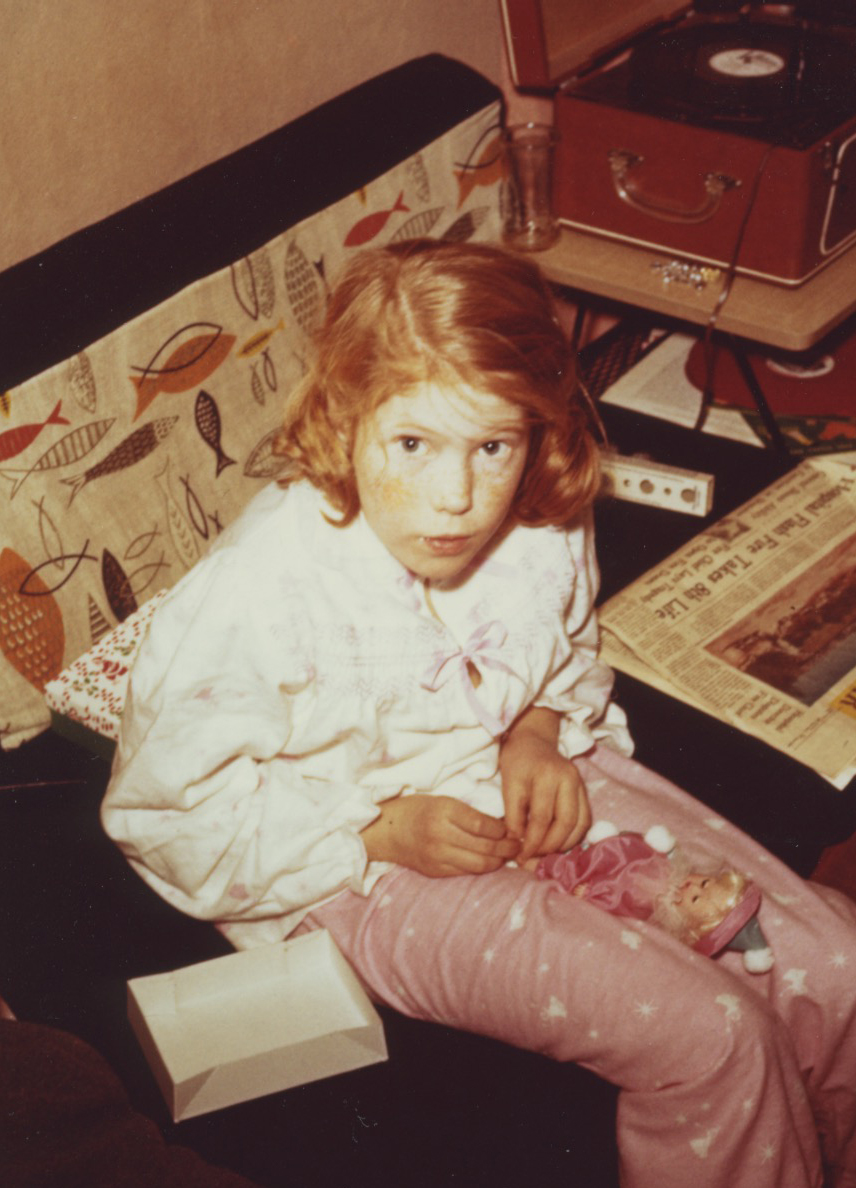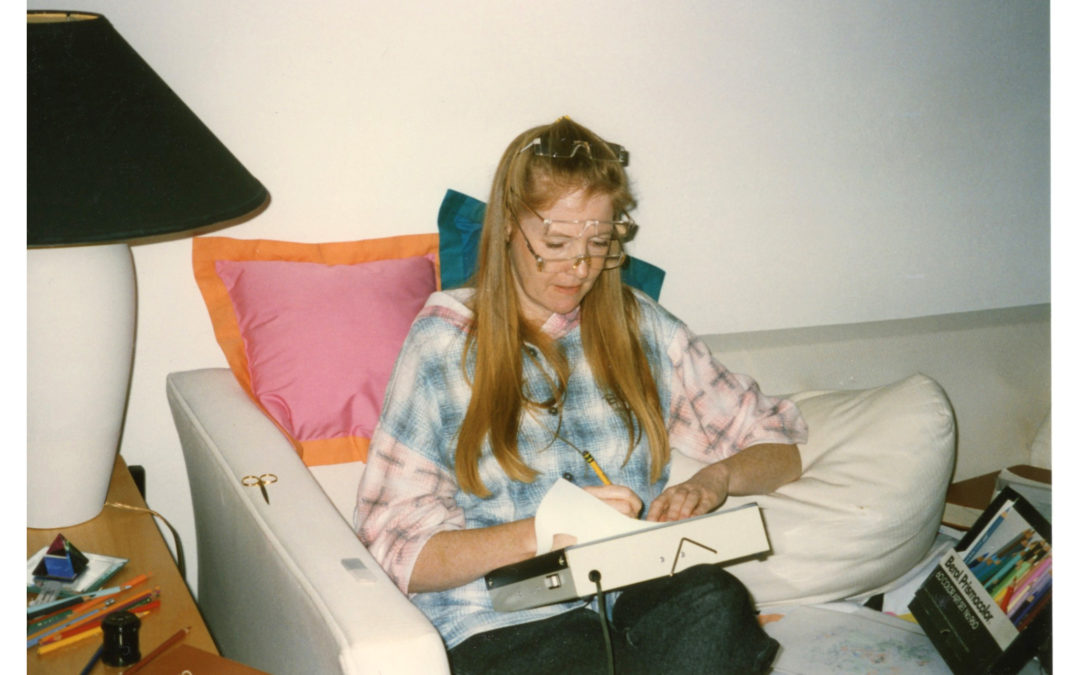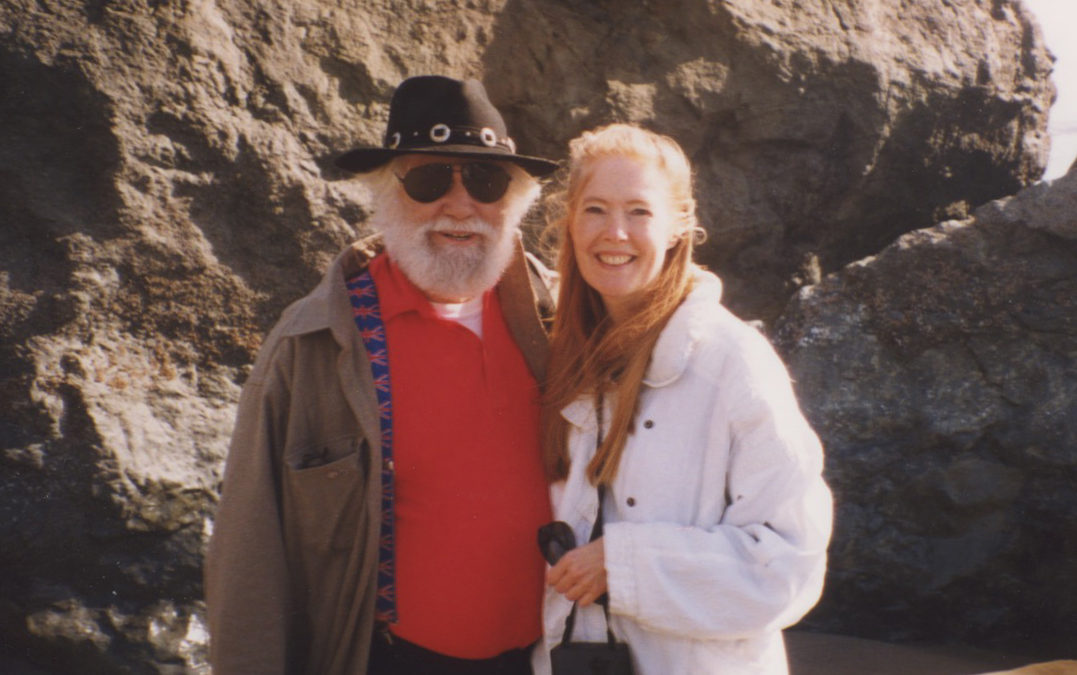
COLLAGE
COLLAGE
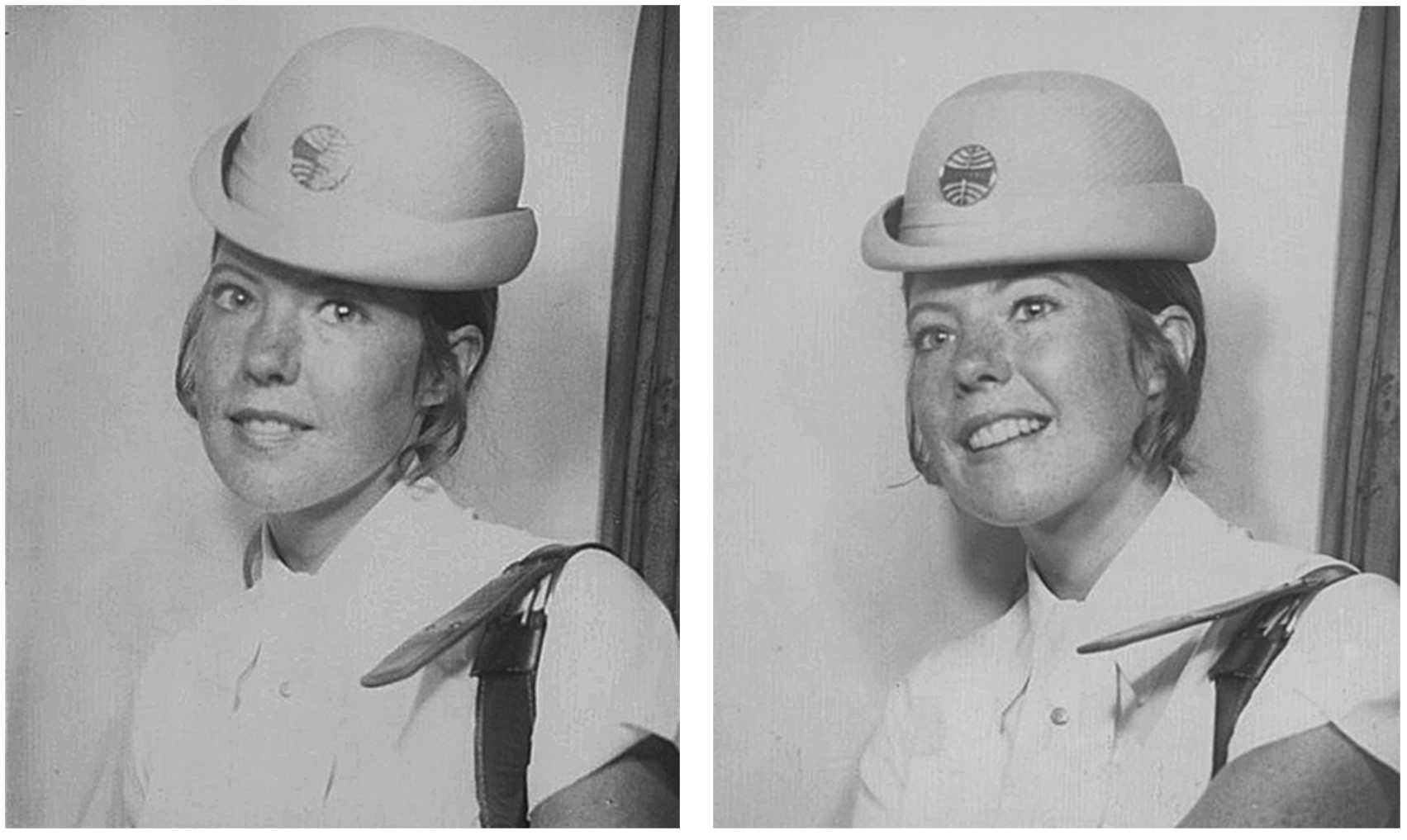
A number of years after the fact, I wrote about my experiences as a “stewardess,” as we called ourselves.
“My recollection of the training school in Miami is like a bad collage—snippets of irrelevancy:
“A make-up room at the school with a long row of mirrors, like a chorus girls’ dressing room. It was there I had my first and last contest with a false eyelash. It would not conform to the arc of my eyelid. Mostly it contrived to stick gluily to my fingers, but on the occasions it opted for my eye, it assumed crazy configurations of its own.
“According to regulations, if you didn’t want short hair, you had the option of a stunted ponytail—more like a shaving brush, actually, than anything you’d find on the backside of a horse. I sat at the hairdresser’s in a white paper poncho, hair hanging to my waist. He collected the fine strands and, clutching them at the nape of my neck, performed the amputation with a single metallic clash of his scissors. I walked out into the warm-bath-water air toward the motel…but detoured around a tree in a weedy yard to have a brief cry. “
Those of us with ponytails were directed by the grooming instructor to wear a spit curl in front of each ear. After pulling out two small, pink rollers each morning, I tried to embalm each curl with a blast of hair spray. But, no thanks to the humidity, from one side of the highway to the other—which I crossed to get to the training school—my strawberry blond springs came unsprung. So the instructor threatened me with even more drastic surgery.
“Monday mid-mornings, after our overseas shots, we all dragged our arms around as though they were cast in concrete. At break time our instructor issued aspirin, and we converged on the water fountain for a pill-popping.
“The motel had a smorgasbord of inedibles—an assortment of jellos, macaronis, and cold cuts. I went around with a chronic bellyache till a Cuban named Eduardo I met at a party rescued me, inviting me to his apartment for home-cooked meals. He fed me black beans and tocino del cielo—a kind of custard—and tried to talk me into quitting and becoming his secretary.
“One afternoon, under the supervision of our air safety instructor, we played at being marooned at sea. We bailed into an inflatable life raft in the motel swimming pool, and, after throwing up the awning on poles, we took our ease in its shade, sucking on lifesavers, which were among the raft’s standard provisions. Back in the mock-up room at the school, in a midsection of airplane with a few seats and an emergency exit, we rehearsed emergency landings on land and sea and hypothetically lost ourselves and passengers to both elements in trial after trial.”
